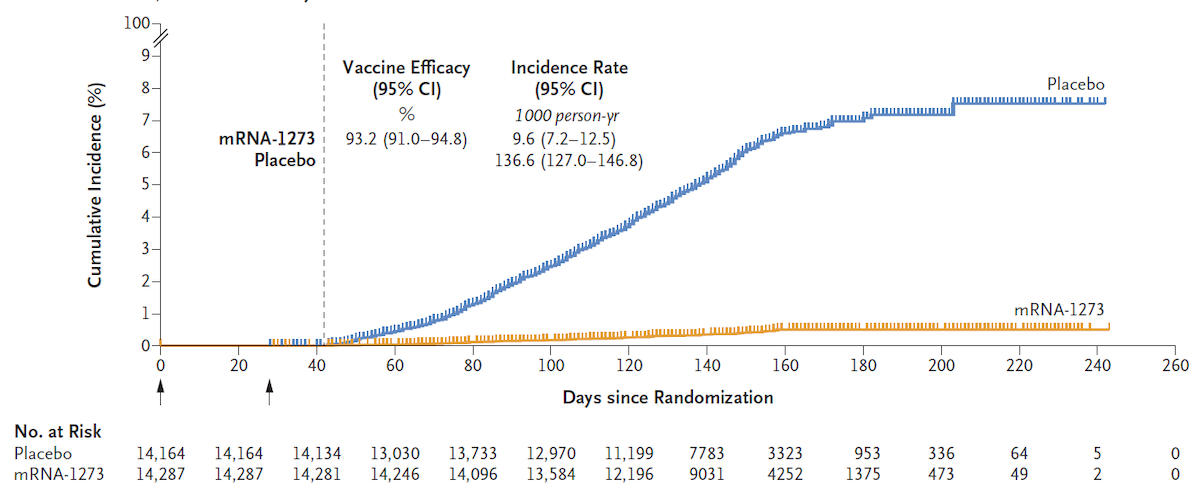HBO’s 2014 show “Silicon Valley” has a running gag where startups end their pitch to investors by saying, “We’re also making the world a better place.” As in, “We provide secure, customized, and scalable log aggregation solutions for cloud software, but we’re also making the world a better place.”
The funniest part about the show is that it’s only a small exaggeration of the mindset of people who are so deep in the weeds of their problem space, they see a future where their product really does make the world a better place.
I was that guy, but with charts.
But I took it one step further. Not only did I think data visualization could make the world a better place, I thought it could SAVE THE WORLD.
Why? Because 10 years ago I thought we had a communication problem around climate change. Scientists weren’t getting into people’s heads that climate change was happening and caused by humans. In the late aughts I watched good charts completely change business conversations and outcomes and assumed we could apply those to every company in the world and every problem, including the very biggest ones. We evolved to absorb information visually so the best way to educate everyone at scale is through great data visualization.
The COVID-19 pandemic was the perfect test to this theory. Armed with the best data, the best models, the best research, and the best communication, I thought surely we would crush this pandemic quicker and easier than parts of the world that didn’t understand.
Well, the stats are in, and this was roughly the fifth worst pandemic of all time, but for the United States it was the worst. We lost more people than any country in the world. Now, we didn’t exist as a country during some of the previous ones and we’re much larger now than we were during the 1918 flu, but per capita we were 20th out of 238 countries. Not a success story.
We failed because even though humans evolved to absorb information visually, we also evolved our decisions around tribal social dynamics and when those tribes have made collective decisions to avoid mitigation strategies like vaccines and masks, the charts are less useful.
Should we give up and go back to our spreadsheets? No, but charts can only do so much. If our goal is to educate we also need communication, empathy and time, even for those who we perceive as putting our collective health at risk.
The pandemic was a strong warning and lesson for how we talk about climate change.
How does data visualization look after COVID?
1. Logarithmic scales and cohort analysis charts are mainstream now.
You should still only use them sparingly, but many people leveled up in being able to read them. Don’t be afraid to use them when appropriate.
2. Cite your sources and give attribution.
This has always been important, but the way content is farmed in 2023, it’s important to be a good information citizen and cite sources so people can (unironically) do their own research. If you want to show a chart or mention an analysis, link back to the original source. People want their work to be seen, not farmed.
3. We can’t count on charts to do all the work
My dream of the perfect chart conveying a fact without effort is dead, but there’s still more to do. Use annotations, text, interactivity, and good labels to eliminate ambiguity. “Show causality,” as Ed Tufte says in the “Visual Display of Quantitative Information.” And then redouble your efforts in communication, empathy and time.







